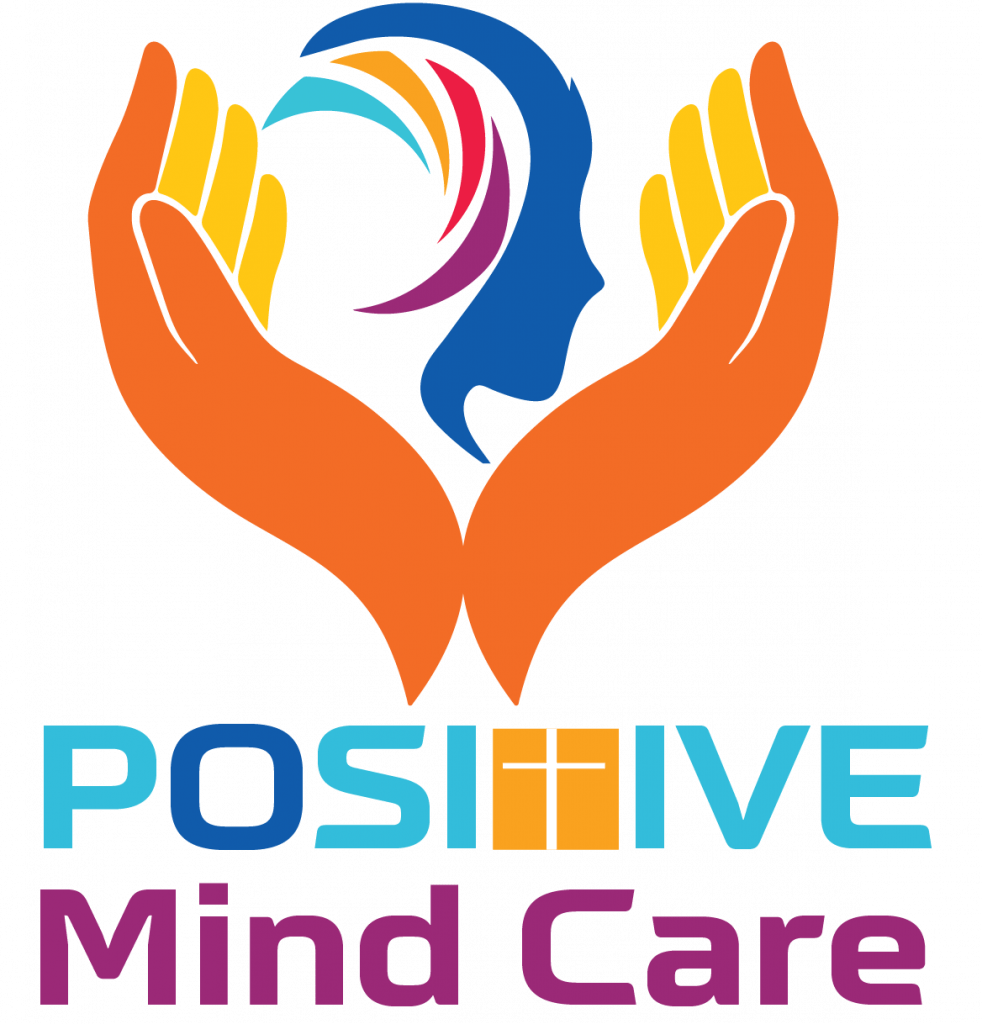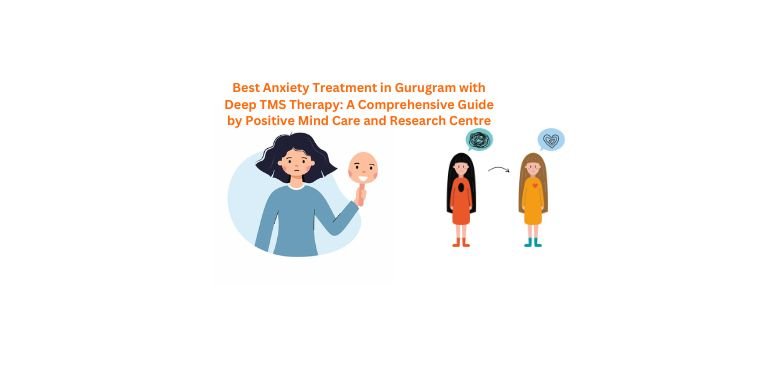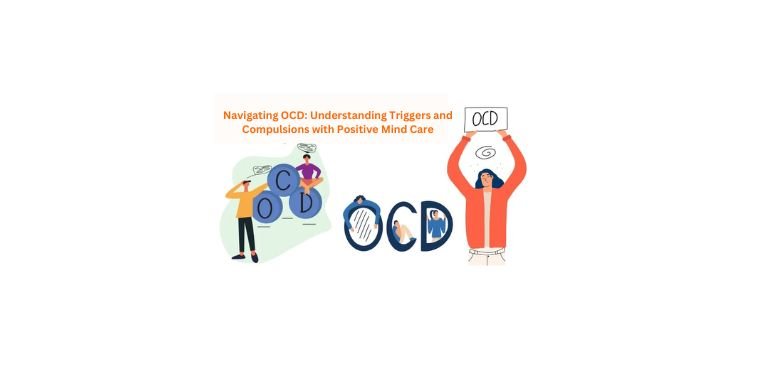Increasing Problem of depression, anxiety, and stress in society in all age groups: post-COVID pandemic: Early detection and treatment are urgent necessities
admin
January 27, 2023

The problem of depression, anxiety, and stress in society in all age groups:
Children’s involvement fears, instabilities, considerable changes to their schedules, and physical and social confinement nearby elevated levels of parental stretch amid COVID-19. Therefore, understanding their feelings and reactions is fundamental to addressing their needs amid this widespread appropriately.
Children’s vulnerability has increased after the COVID-19 pandemic, providing symptoms of distress that eventually break down their developmental stage.
The rapid rise in the number of infected cases and passing, disturbance of day-by-day schedules, domestic restriction, fear of contamination, social separation from peers and companions, and the need to get to instructive assets have made a feeling of vulnerability and uneasiness among the children and the youths. Malady control measures, even though essential, can adversely influence a child and family’s well-being for different reasons.
Numerous families are disconnected at domestic, beneath incredible push, and incapable of getting in-person back. Control, Social separation, and failure to utilize recognizable adapting instruments like taking personal space, going with family/ companions, reaching a shopping center or motion picture theatre, feasting out, or going for a long drive in a car or cruiser with a life partner or companion may compound the effect of these stressors.
Stable, Probative, and nurturing relationships offer youthful children fostering trust, positive social-emotional development, and the capacity to form secure and strong relationships in the future. On the other hand, a disaster similar to the COVID-19 epidemic may beget parents and caregivers to become fearful and upset about their enterprises about health and the incapability to meet demanding profitable requirements, especially in developing countries.
The pandemic has damaged the financial and economic activities in society. The below chart reflects the overall situation.

Children with histories of previous trauma, any mental or physical health problems, have parents who are divorced/separated, and feel more antisocial due to lack of communication. This directly diverted them into the post-pandemic stage. Therefore, they face excessive depression and anxiety and could not concentrate on their single work.
Children with autism spectrum disorder and neurocognitive disability can become depressed due to disruptions in their daily routines. In addition, it may lead to their inappropriate self-development now because their regular therapy sessions may get interrupted, and they are more likely to show disruptive behaviours such as irritability, aggression, and social withdrawal.
In another previous study, we got financial recessions, natural disasters, and outbreaks like the Ebola outbreak in West Africa from 2014-2016, which indicated that child abuse, neglect, and exploitation increased after this virus. This may circuitously show the impact of post-pandemic. On the one hand, a recent report from China, according to the police report, found that domestic violence increased more than triple during the lockdown in the last few years.
Among young adults, excessive fear and anxiety lead to heart attacks and memory forgetting, which turns into hospital bed days and outpatient care. This number has increased on average in the post-pandemic period and leads to them day by day being mentally vulnerable.
This uncertain COVID-19 Pandemic associated with physical distancing and the resulting economic breakdown has increased the risk of mental health, exacerbating health inequalities. During this period, people may use various activities on social media, which automatically turn on the post-COVID-19 pandemic. Moreover, they could not feel free to share their thoughts and could not heal themselves from their depression and stress. At the same time, it leads to unemployment, financial crisis, and poverty. The young generation could not find their destination or stable wages either. They become less motivated, lose their self-esteem and finally give up. A general public survey shows that Post COVID -19 related to life disruption, fear of illness, or fear of unfavourable economics caused by depression, anxiety, and stress.
Adolescents and young adults have been greatly affected by quarantine measures during the COVID-19 pandemic, which ultimately destroys their well-being, mental health, and social life. In some cases, these also support them to take substance abuse drugs.
From the recent analysis, we learned that stress and anxiety likely impact cognitive functioning in all age groups. Yet, at the same time, students and colleagues have shared the troubling situation of staying focused and productive.
The increases in Mind-wandering have several real-world consequences. In this case, Mind -wandering is associated with worse academic performance, poorer driving capability, disabled workplace performance, and poorer performance on everyday tasks. Fortunately, we have some good news to share. First, there are several effective styles for diminishing the negative impact on administrative functioning.
One’s ongoing stresses can lead to diminishments in Mind wandering, which increases working memory capacity and academic performance.
Mental health status of adults after one year of the Covid-19 pandemic
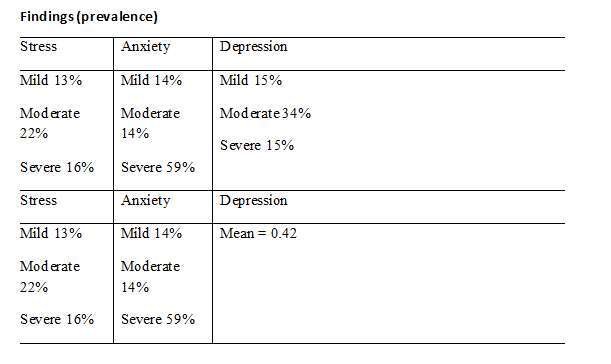
N: B; This chart indicates the different stages of these categories of people
Early detection and treatment :
Stress, depression, and anxiety are typically common mental disorders all over the world. People of our country could not recognize their unstable situation unless they fell into severe traumatic events. At the very beginning, a good team should be grown in any hospital or counselor center where psychologists, psychiatrists, social workers, and researchers would work together to develop a nation’s mental state. Detection is a very crucial part of our views. It is also challenging to identify these with the proper consent of people. A good, healthy environment may result in demonstrating it precisely, without any harmful message, with an appropriate confidential zone indicating a safe place for a person to recognize their vulnerable context.
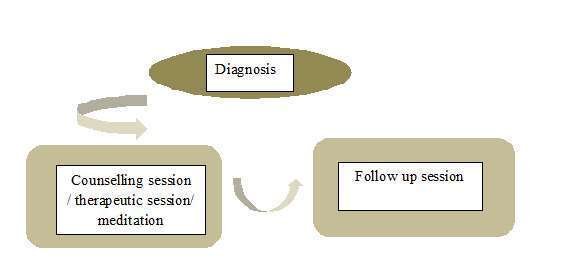
Following this, they will assist themselves in finding their goal, a proper problem-solving method.
Observing the current situation, we have several suggestions based on the stress and cognition literature. Firstly, we must search for a method to reduce the stress that works for us. For example, engaging in several expressive writing sessions can lead to stress management, and starting a mindfulness practice can be beneficial to mental well-being at the same time. o Mindfulness training programs would be available online and offline, so anyone can complete this based on their interest. Second, spend quality time doing something that makes you energetic and provides relaxation from the constant stream of news and emails—such as playing or listening to music. Third, Physical exercises such as gyms, swimming, and walking should be introduced. It is finding a way to heal their exhausted matters. It also helps to reduce anxiety and boosts immune functioning and executive functioning.
Finally, encourage people to connect physically rather than verbally communicate because these may give them fruitful and informative sessions among all people even though they are typically introverted when they fall into any difficult situation. It will create a mind-healing session for them. Social psychological research should be established in these sections to record the individual’s upcoming stressors and assess their yearly treatment percentage.
Finally, encourage people to connect physically rather than verbally communicate because these may give them fruitful and informative sessions among all people even though they are typically introverted when they fall into any difficult situation. It will create a mind-healing session for them. Social psychological research should be established in these sections to record the individual’s upcoming stressors and assess their yearly treatment percentage.
Nevertheless, several renewable world health agencies, including WHO, UNICEF, AACAP, IACAPAP, and many others, have issued guidelines and factsheets to protect their children’s mental health and deliver parental safeguards during these testing times. They also work on Early childhood development and Child safeguarding issues where they believe that the nurturing of these disorders should be implanted from the early stage of their lives. Some necessary steps may apply to the child for better consequences.
During nap time or bedtime, increasing quality time with children, gossiping, and sharing childhood stories make a strong bonding and create a secure attachment. Secure attachment is building a zone between the parent and child where the child feels safe and explores their needs as much as they or can without any fear. After their childhood, they will grow up in a healthy mind with no depression. They play with children, blow bubbles, listen to music, singing/dance at home during their free time. A routine can help a family with a proper management system. Potentially scary news should be turned off in front of young children. Teach younger children to become more socialized. Create more attachments by delivering more hugs and cuddles. Encourage younger children to learn the hygienic process of washing hands or wiping surfaces after any plentiful game.
Among the adults, more awareness training sessions about drugs should be introduced with a discussion of both sides. Workshop sessions may also take place in different schools, colleges, and universities.
In conclusion, although stress, depression, and anxiety are alarming among people of all ages, they should be eradicated from a very early stage. Therefore, we have shared overall difficulties and treatment.
